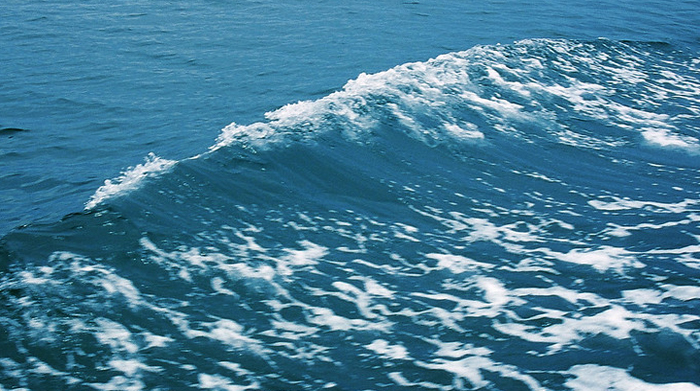New Wave Energy Power Plant Set to Go Online

Image courtesy of Witcha Suyara under Attribution 2.0 Generic License, resized to 700 x 391 pixels.
A new wave energy power plant is on track to be brought online in Los Angeles by Israeli company Eco Wave Power. The technology utilizes so-called “floaters” and energy converters to capture energy generated from small waves (up to 20 inches in height). It’s an intriguing technology, which makes it a great topic for today’s blog post!
Overview of the Wave Energy Technology
The key component is the “floater,” which features hydraulic pistons that can be compressed or decompressed to transmit hydraulic fluid into the land-based accumulators. As pressure increases in the accumulators, it causes a hydraulic motor to rotate the generator which generates electricity that is migrated to the grid via an inverter. Everything is managed using a smart automation system.
While the Los Angeles project will be the first Eco Wave deployment in the U.S., the company has multiple other projects under development totaling approximately 404 MW, mainly in Israel, Spain and Türkiye. Other parts of Europe are also viewed by the company as future expansion targets. The company’s first deployment is a 100-kW plant in the Jaffa Port in Israel.
In California, the company’s goal is to produce 7 additional floaters installed within the port of Los Angeles. The company also hopes to expand into New Jersey which has provisions in place to offer financial incentives to deploy wave power.
Overall, so-called “ocean-powered technologies” have been promoted for years as a viable renewable energy source. In fact, the DOE estimates that 57% of all U.S. power generation could be generated by wave energy.
That said, commercialization efforts have been slow due to the inherent problems of operating in oceans (i.e., damage from salt, sediment and strong waves, not to mention the additional cost of building something offshore). To help, the DOE encourages testing in PacWave, an open-ocean grid-connected wave energy test site located near Oregon.
Only time will tell if wave energy becomes a pervasive renewable energy source in the future. But for now, it definitely sees like the technology is moving in the right direction.



